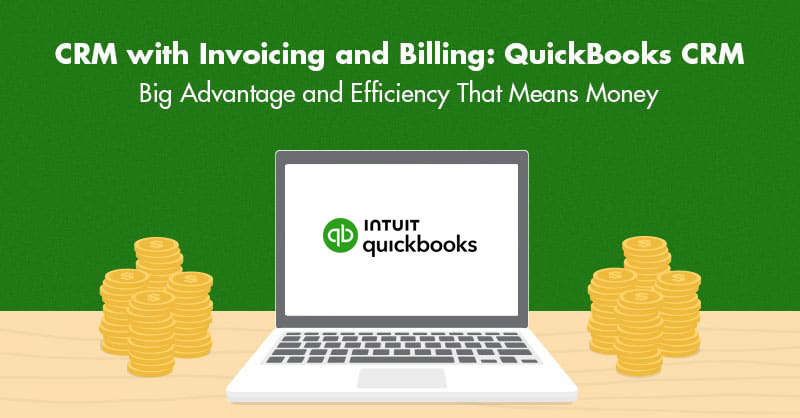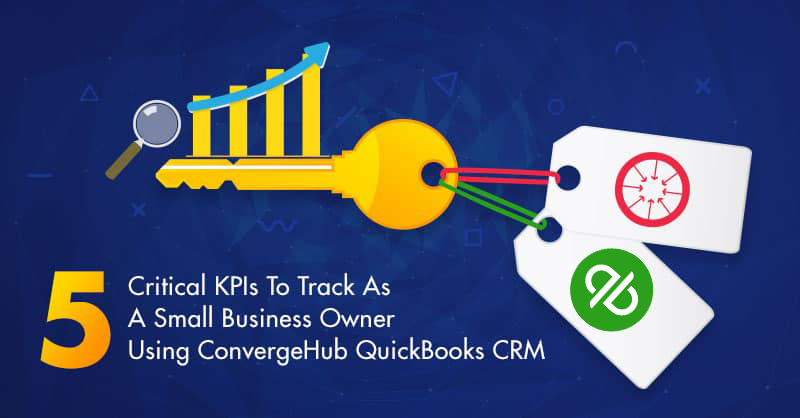We all have probably heard the terms “Brand Advocacy” and “Influencer Marketing”. Apparently, they can sound like the same thing. Nevertheless, that is not the truth, as in reality each one of these terms can occupy two different specific niches in your digital marketing strategy.
Each of these two digital marketing endeavors is important for different reasons, whereby each of them fulfills a unique need and so can be utilized for two distinct purposes.
However, the question remains, in spite of their differences can they be utilized together for moving your marketing efforts?
So, here we are to dig into this topic to shed some light on the nuanced differences between brand advocacy and influencer marketing.
We all have probably heard the terms Brand Advocacy and Influencer Marketing. Apparently, they can sound like the same thing. Nevertheless, that is not the truth, as in reality each one of these terms can occupy two different specific niches in your digital marketing strategy.
Each of these two digital marketing endeavors is important for different reasons, whereby each of them fulfills a unique need and so can be utilized for two distinct purposes.
However, the question remains, in spite of their differences can they be utilized together for moving your marketing efforts?
So, here we are to dig into this topic to shed some light on the nuanced differences between brand advocacy and influencer marketing.
What is brand advocacy?
Brand advocacy refers to the promotion of the company by general people who are in love with your brand. Brand advocates can include not only your satisfied customers, but they can also be your employees, or per say, anyone else who has an affinity for your products or services.
Anyone who loves your brand can be your brand advocate and may talk about your product or service in conversation with their family, friends, peers, and relatives.
In other words, any person who is willing to recommend your brand to another individual can be an advocate of your brand.
Although influencer marketing is a hot topic nowadays, nevertheless, brand advocacy indeed has a bigger potential to drive a larger ROI and have a greater impact on the success of your brand’s marketing campaigns than influencer marketing.
Here are two statistics to prove the veracity of our statement:
- 18% of consumers trust good word and testimonials from industry influencers. (Forrester Research)
- 92% of consumers trust recommendations from brand advocates. (Nielsen)
What is influencer marketing?
An influence, on the other hand, is an individual who is considered as a thought leader and an authority in their industry. For example, Paul Greenberg (author of the book “CRM at the Speed of Light“) is certainly an influence in the CRM industry. People look to him for expertise and advice to help guide them along the road to success. Paul Greenberg, Warren Buffet, Kim Kardashian, Gary Vaynerchuk are some of the examples of big league influencers- persons you are not likely to get a response from easily if you want to engage your brand and is new in influencer marketing.
How do you identify an influencer?
You can find plenty of influencers in your specific industry, individuals whom people look to for suggestions, guidance, and advice.
Find those individuals who run a widely read and highly successful blog in your industry. Else, keep an eye out for people who have enormous social media followers pertaining to your industry. These individuals are easy to spot if you know what to look for. Influencers are mostly semi-famous in their niche industries and many even charge fees for their collaborations.
Influencer marketing, when performed in a proper manner, can generate a significant return on ROI. According to an exclusive survey done on influencers by Tomoson :
“Most businesses today are making $6.50 for every $1 spent on influencer marketing.”
However, as a word of caution from our end, if you are a newbie in this game, you should be careful with influencers. As most influencers decide to be influences, so they can earn money. Therefore, watch out and remain beware of those influences who may not be interested in your industry and topic as they might appear to be, but are rather in the game just to make an easy buck.
How to generate and utilize brand advocates?
There are many ways to generate brand advocates. Here are a few basic methods for generating and leveraging brand advocates for any industry:
- Focus on customer satisfaction
One of the most successful ways to generate brand advocates is to maintain a high level of customer satisfaction among your consumers by delivering an excellent customer experience. You as an owner of a brand must make all the efforts that are needed to keep your buyers happy since if you do so, they are more likely to become advocates of your brand.
Maintaining customers over a long period of time using an easy to use CRM like ConvergeHub, who are satisfied using your products or services also results in building brand loyalty. An activity that other than generating additional revenues also helps to generate brand advocates in your established markets.
- Maintain happy employees
Remember, all the employees in your organization have the potential to be awesome advocates of your brand. Therefore, treat your employees well, and you can be sure that they are most likely to recommend your brand to their friends and family. Running employee engagement programs are an excellent means to make your employees feel like they are a part of a family. You can also run a workplace satisfaction survey among your employees and implement changes in your organization based on its results to make your employees feel heard. Praise your employees and reward them for a job well done to create a positive work environment around your business.
All these gestures will definitely make your employees feel more motivated to work harder, provide them morale boosts, and so they will naturally speak to their friends about your brand.
- Find them on social media
Once you use social listening and monitoring tools, you can easily get an alert in real time, when someone mentions your brand’s name on the social media platforms. Now, if you can engage them immediately and praise them for their kind words, they will for certain appreciate your gesture and so when they return to social media and continue to talk about how awesome your brand is, you will be successful in creating your social media advocates.
How do you leverage industry influencers?
Primarily if you want to identify the right influencer for your audience and your brand, then think about how you can reach them out to propose a mutually beneficial collaboration.
Here are two key strategies for leveraging influencer in your marketing efforts.
- Mutually beneficial collaboration
Once you have established a relationship with an influence, you can propose things like interviewing them for podcasts, exchanging guest blogs, co-authoring blogs with them, and more. Blast the results everywhere you can, once you have produced any type of deliverable or content in collaboration with your influencer. This blasting outreach can span across social media, press releases (if the resulting product is newsworthy), email newsletter campaigns etc.
- Tapping into your influencer’s network
However, the real value of influencer marketing comes in when your influencer shares the result of your works on their social media platforms. Doing so, your influencer provides you an exposure to their entire network, which considerably increases the reach of your content and gets your brand recognized to a mostly new audience. When your influencer’s followers see that, the influencer is working with you; they will most often navigate to your website or landing pages to learn more about what you do or about your products or services.
Conclusion
Therefore, as you can see both brand advocates and marketing influencers have their parts to play in growing your business. However, while influencers are more difficult to obtain, brand advocates fill a different need, word of mouth advertising, an advice that comes from someone they know and trust personally.
Hence, in a gist, although your brand can only have a handful of influencers, you can have thousands of brand advocates, those who can do the work of promoting your brand on their own.

Do you have any lessons or tips learned from any marketing influencer or brand advocate? Share them with us in the comments section below!
























